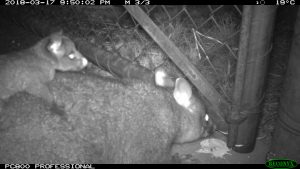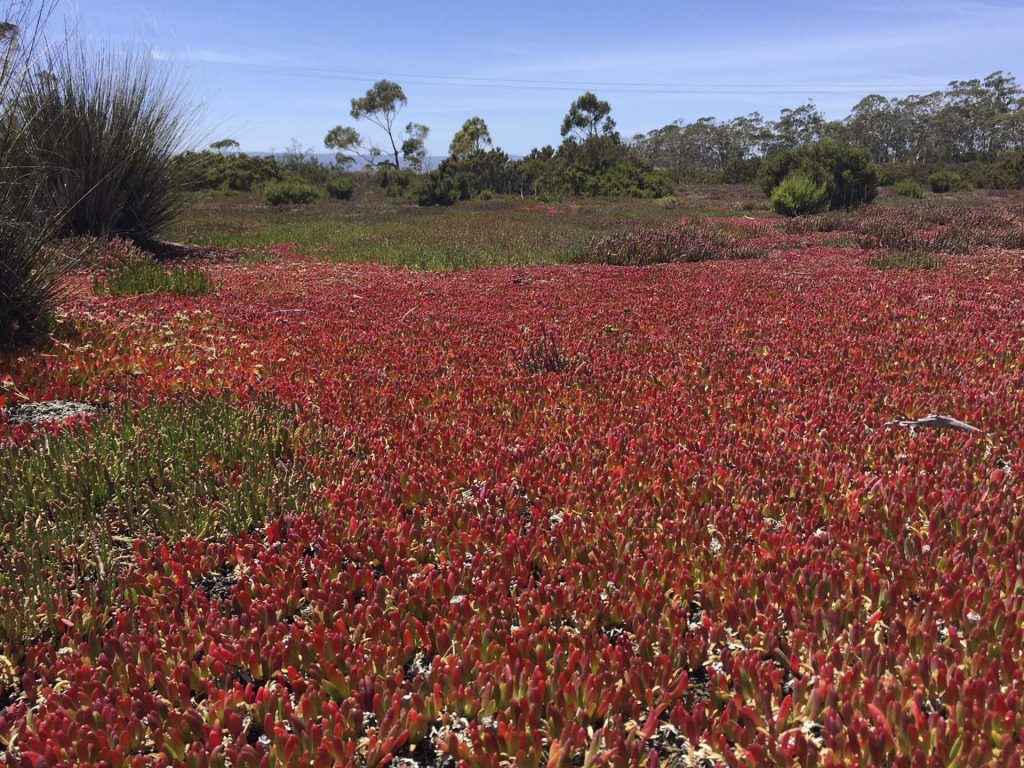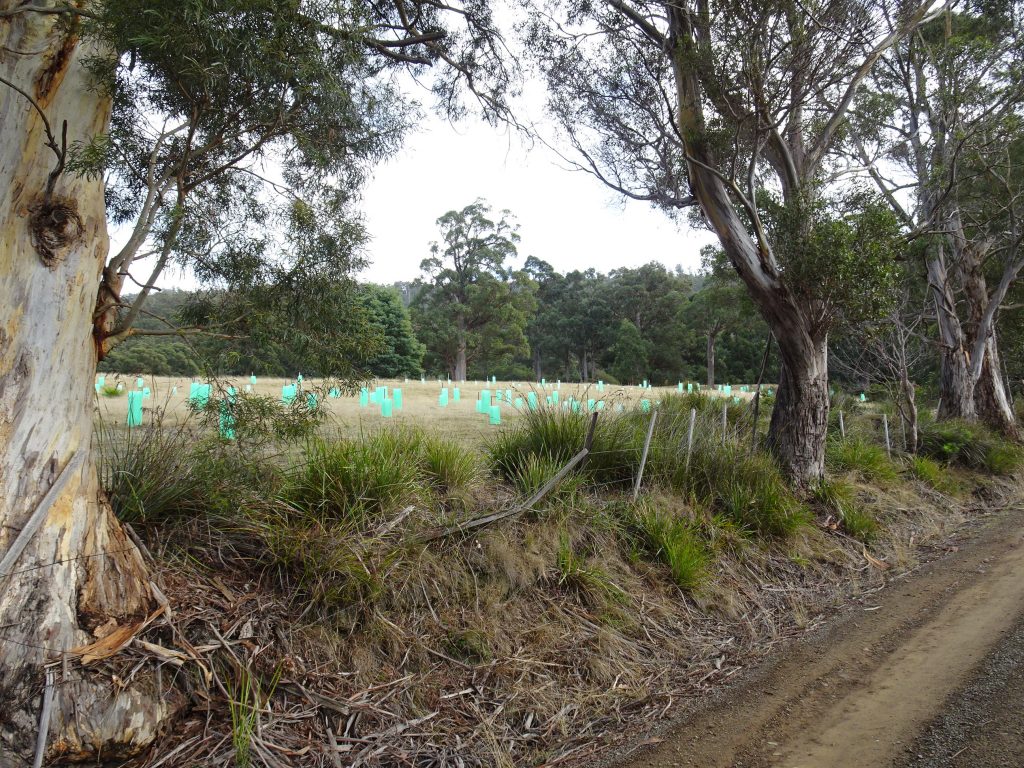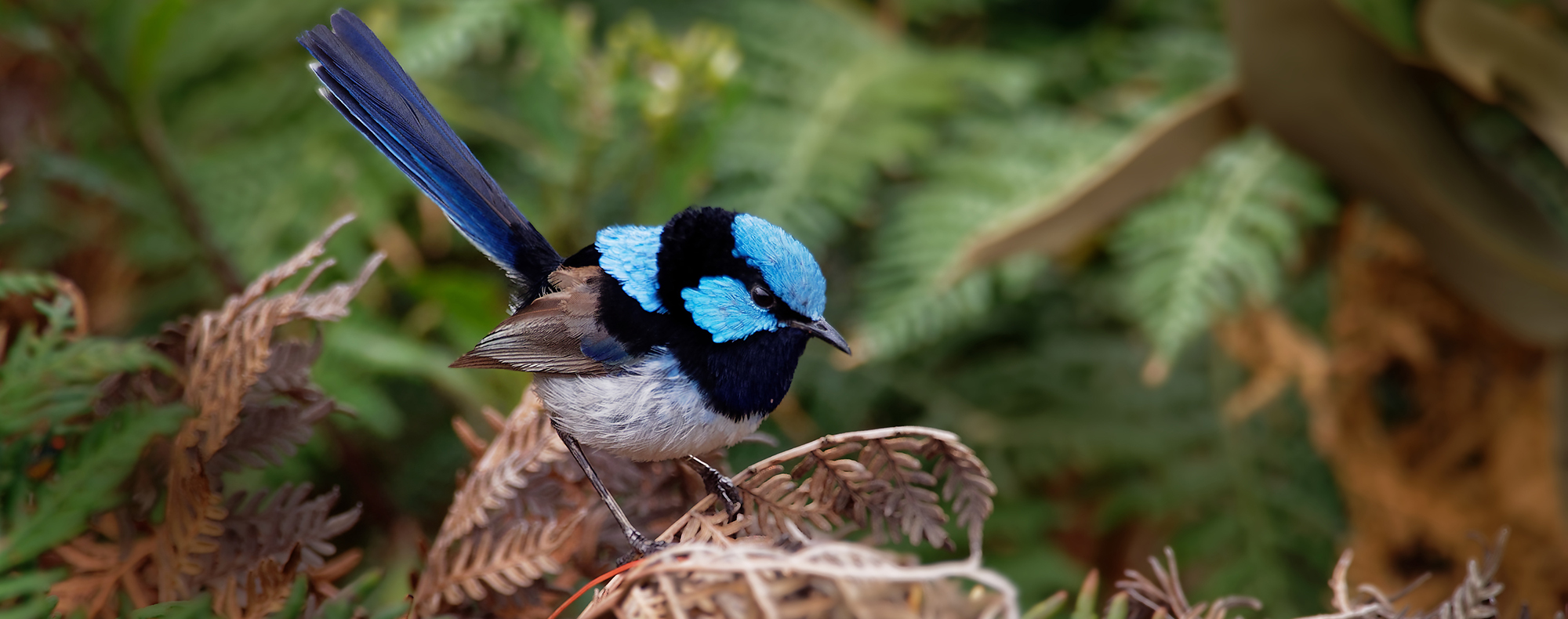Significant biodiversity values exist within Hobart Airport, including an array of diverse plants, animals, microorganisms and terrestrial marine and fresh water ecosystems.
Some of these communities and species are identified as a matter of National Environmental Significance by the Federal and State Governments. As custodians of the land, Hobart Airport recognises the need to preserve and promote the values of these communities and species. Areas of Federal and State significance include the internationally listed Ramsar Wetlands, and the nationally protected silver tussock grasslands and saltmarsh areas. Hobart Airport works hard to ensure such diversity remains healthy and vibrant and is proud of its conservation efforts.
Wildlife management
Hobart Airport recognises the importance in ensuring passenger and wildlife safety.
We have a wildlife hazard management plan which identifies, and ranks species that pose the greatest risk to aircraft safety. The Plan is a vital tool in managing the wildlife that calls Hobart Airport home.
Through various projects including the echidna tracking and relocation project, camera traps, and routine operational monitoring, Hobart Airport has been able to better understand the movements of wildlife and provide safer monitoring.
The establishment of a 1km ‘virtual fence’ at an entryway to Hobart Airport has strengthened the safety of wildlife, with noises and sounds activated by passing vehicles. This has resulted in a 60% reduction in road kill since installation.



Grasslands
Hobart Airport is home to critically endangered silver tussock grasslands (protected nationally under the Environment Protection and Biodiversity and Conversation Act 1999 (EPBC Act). It also provides habitat to rare and protected herb species such as the yellow beauty head, roundleaf wilsonia and leafy fireweed.
In collaboration with the Tasmanian Aboriginal Centre and the Tasmanian Aboriginal Community, Hobart Airport grasslands have been managed cultural burns. These traditional land burning practices reduce biomass and encourage regrowth. This practice also forms and important part in maintaining and learning about the cultural landscape.
Land for Wildlife
Working with the Tasmanian Land Conservancy, our voluntary involvement in the Land for Wildlife program, increases the visibility of these nationally and state sensitive areas. Hobart Airport’s participation demonstrates its commitment to prioritising the environment and operating in a sustainable manner.
The collaboration focuses on two nationally significant areas, protected under the EPBC Act:
- The Lowland Native Grasslands: a critically endangered community which supports many rare herb species such as the yellow beauty head, roundleaf wilsonia and leafy fireweed; and
- The Saltmarsh communities: these nationally endangered areas are monitored by University of Tasmania researchers and volunteers and consist of mainly salt-tolerant vegetation. The communities are inhabited by a wide range of fish and birds and can be seen east of the runway.
We understand that these two areas play a vital part in the unique biodiversity values of the land within Hobart Airport.
Saltmarsh
The coastal saltmarsh communities present on Hobart Airport are endangered nationally and considered matters of national environmental significance. The areas are monitored by University of Tasmania researchers and volunteers and consist of mainly salt-tolerant vegetation. The communities are inhabited by a wide range of fish and birds and can be seen east of the runway. Hobart Airport through ongoing monitoring, condition assessments and evaluations.

Revegetation - planting a tree for every day of airport operations
Collaboration with Fifteen Trees
More than 2.4 million people currently fly in and out of Hobart Airport every day. Locals and visitors alike come to Tasmania to experience our unique natural wonders and breathe in some of the clearest air in the world. As a business that operates 365 days a year, Hobart Airport strives to mitigate its impact on the environment and work to enhance and preserve the natural values in Tasmania.
Since 2019, we have collaborated with Fifteen Trees to plant one tree for each day of airport operations, contributing to the ongoing revegetation efforts across the state. Hundreds of natives trees have been planted in Wegeena, in northwest Tasmania, where former pasture land is being converted back into native forest and at Pelverata in southern Tasmania where Kellyaway’s Creek has been planted to build a wildlife corridor between remnant bushland. Plantings have also reinvigorated the landscape in the Brighton community, Bruny Island school district and Wynyard.

Tree planting for Hobart Airport in Wynyard, North Tasmania. Hundreds of trees were planted in the shape of a heart.
National Tree Day (28 July 2024)
Closer to the airport, on National Tree Day, we coordinated planting of 400 native trees in collaboration with the Seven Miles Beach Coast Care and Clarence City Council. We continue to look for ways to support revegetation efforts in our local community and surrounding natural areas.


